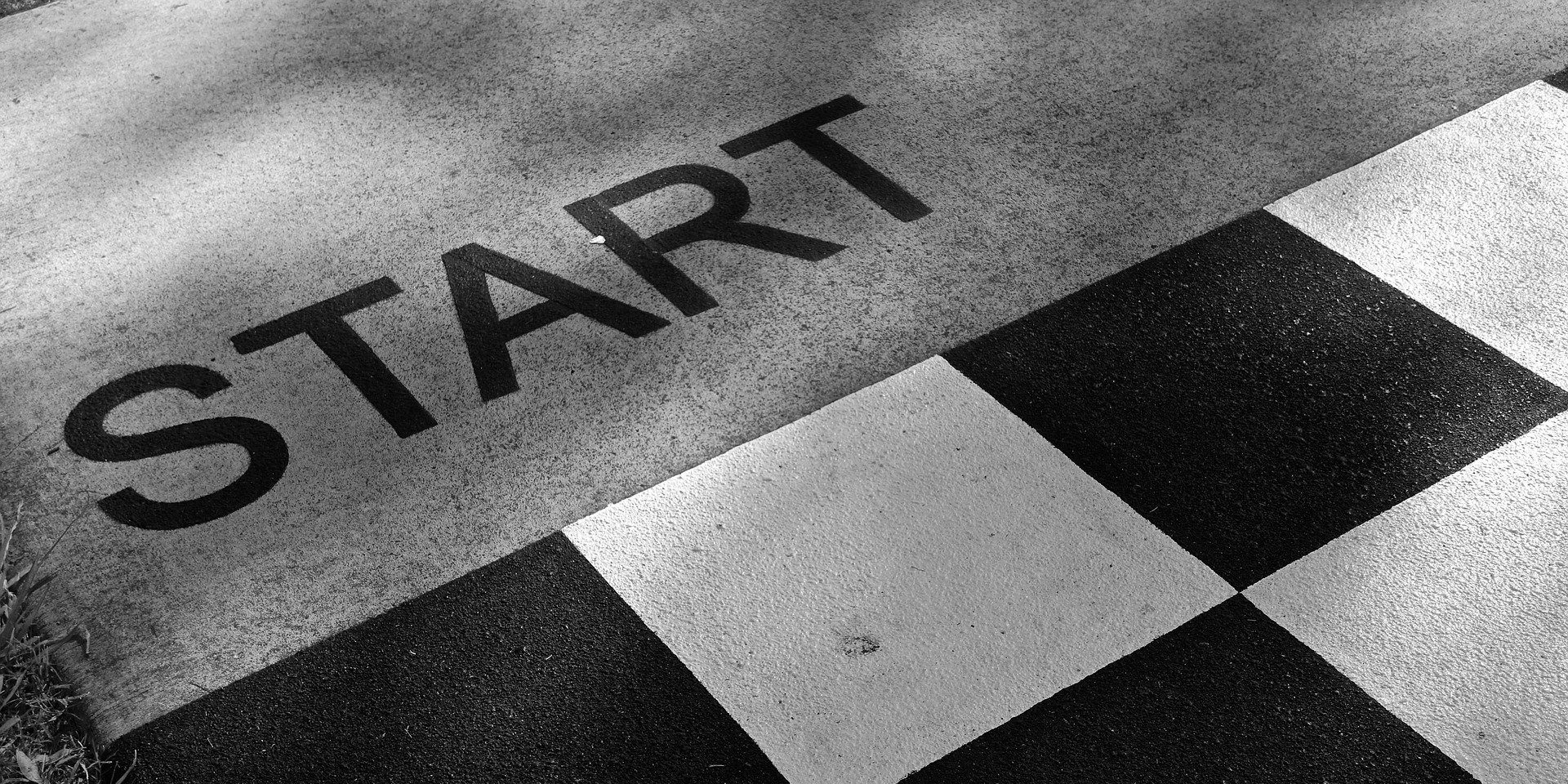On Jan. 28, Adam Sacks, president of Tourism Economics, will present a webinar on “Preparing for the Recovery” for HSMAI Organizational Members. During the session, he’ll forecast the next year for hospitality and travel, spotlighting the challenges and opportunities ahead. Recently he offered HSMAI a preview of what to expect.

There are both tailwinds and headwinds facing the economy right now, and then there are fundamental external factors that we’ve got to weigh. The starting point for any forecasting right now is a set of what we think are reasonable assumptions about the pandemic. The major factors that we are weighing in our modeling are: what are infection rates and hospitalizations as we go through 2021, and behind that is, what is the rate of vaccinations? Right now, the baseline forecast that CDC has, which doesn’t seem too outlandish, is that by the end of June, about half the U.S. population could be vaccinated.
You stack up infection-based immunity, vaccinations, warmer weather, and you begin to get to a scenario where the second half of this year could look pretty good for travel. But on the economic front, we’re faced with still severe damage from the recession earlier in the year and job losses presenting themselves again in December in the face of lockdowns. So, the question is, can the U.S. economy prevail through this extended period of weakness? And there we’re factoring in the effects of stimulus, which are actually pretty significant in terms of preventing an economic spiral. Add to that very, very low interest rates, the effects on mortgages and debt, the fact that households have now saved $1.3 trillion over the last nine months, the fact that higher-income households have been relatively unscathed as a result of this crisis, the fact that survey data points to a significant amount of pent-up demand — all fairly encouraging information.
If you take the forecast being produced every month with STR, we’re looking at a first half of the year where room demand relative to 2019 is still pretty weak. The second half of the year we think is going to look markedly better. However, it’s primarily — as in almost exclusively — off the back of the leisure market. The group market we think is going to see signs of life in the fourth quarter.
So, the recovery for all intents and purposes really begins in the fourth quarter. We’ll see some smaller, regional meetings in the summer, but in terms of the the bread and butter that really makes or breaks a property’s year — those meetings, I think, you really start looking at late fall, early winter for those to come back. And even then, attendance is going to be a little bit slow because you’ve got the dual headwinds of companies still strengthening their balance sheets and some reluctance to actually travel.
What is the biggest unknown for the travel and hospitality market?
I think that the biggest unknown is how long it takes for groups to restore confidence and for all parts of the ecosystem — exhibitors and other sponsors, participants, planners, destinations, and centers, and opening policy on the government side — to start to lock in place. And how long it takes for all those actors to come to the line around recovery — it’s all going to be driven by the demand side, ultimately.
Are there opportunities out there for travel and hospitality people who are looking for them?
On the leisure side, among higher-end travelers, that demand has been really robust, so tracking that higher-end traveler — they’re in good shape and very eager and willing to spend on the right experiences. The other opportunity would be regional travel, because U.S. international outbound is going to be suppressed. There’s going to be a lot of U.S. residents who are looking for domestic trips.
And, actually, there were more outbound trips than inbound trips in 2019, so if you swap them out, you could actually be up on a trip basis, because in 2019 there were more U.S. residents who traveled abroad than there were inbound travelers. If you’re able to convert all those would-be outbound travelers to domestic trips, you can more than offset the loss in international inbound.
But there are going to be winners and losers even as we go through the next year. We’ll certainly see some of the largest markets continue to struggle, to the advantage of resort, rural, mountain-park type destinations when you think about that summer travel season in particular. People aren’t going to plan the Hollywood tour or New York with Broadway. I think the likelihood is that it’s going to be a partial recovery, whereas places that have more of an outdoor product, a lower-density product, some of them actually did fairly well last summer and could do even better in the coming year.
Tourism Economics’ Adam Sacks will present “Preparing for the Recovery” at 2 p.m. EST on Jan. 28, 2021. Sign up here.
